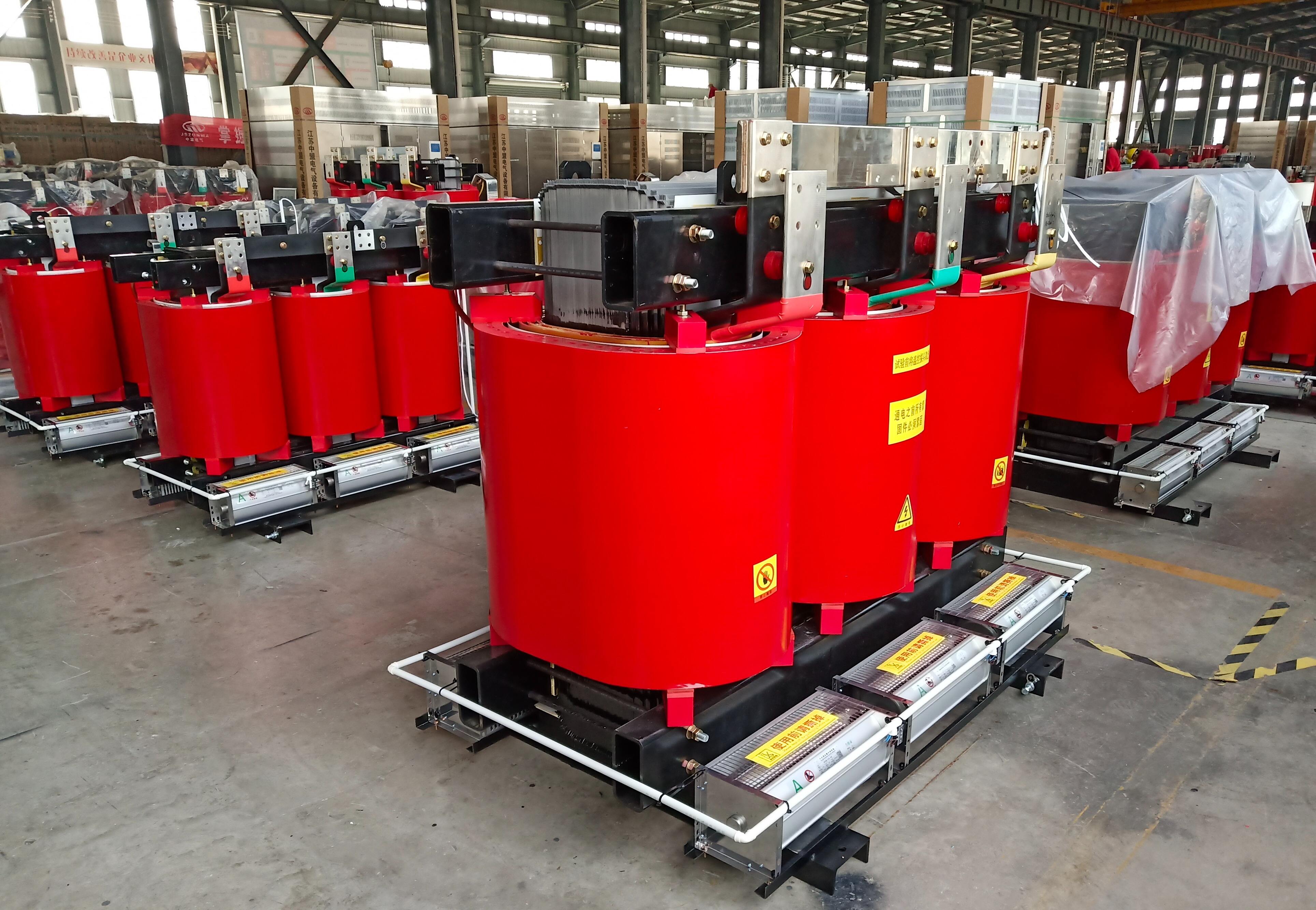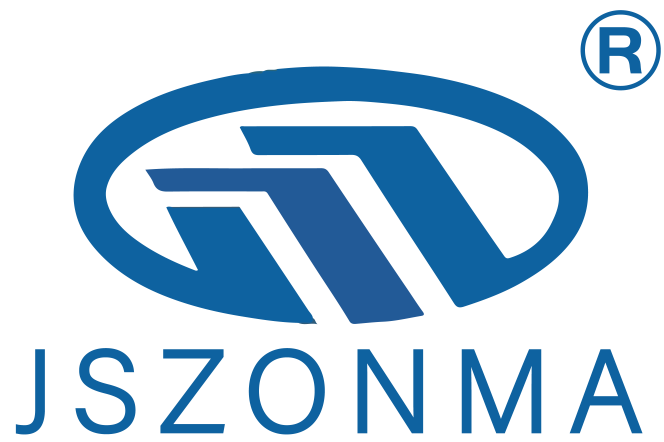Understanding Critical Power Transformer Issues in Modern Electrical Systems
Power transformers are the backbone of electrical distribution systems, playing a vital role in maintaining reliable power supply across industries, commercial buildings, and residential areas. As these essential components age and face various operational stresses, understanding and addressing power transformer problems becomes crucial for system reliability and longevity. From subtle performance degradation to catastrophic failures, these issues can significantly impact electrical infrastructure and operations.
Maintaining optimal transformer performance requires a comprehensive understanding of potential problems and their solutions. Through proper monitoring, maintenance, and timely intervention, many common issues can be prevented or resolved before they escalate into major failures. Let's explore the most prevalent power transformer problems and their effective solutions in detail.
Electrical and Thermal Stress Factors
Overloading and Temperature Management
One of the most significant power transformer problems stems from excessive loading conditions. When transformers operate beyond their rated capacity, they generate excessive heat that can deteriorate insulation materials and reduce operational life. Temperature rises above acceptable limits can accelerate the aging process of insulation materials by up to 50% for every 10°C increase above rated temperature.
To address overloading issues, implementing load management strategies and continuous temperature monitoring is essential. Modern temperature monitoring systems can provide real-time data and alerts when transformers approach critical temperature thresholds. Installing cooling systems or upgrading ventilation can help maintain optimal operating temperatures.
Voltage Regulation and Harmonics
Poor voltage regulation and harmonic distortions represent another category of significant power transformer problems. Harmonics can cause excessive heating, increased losses, and reduced efficiency. These issues often result from non-linear loads such as variable frequency drives, LED lighting systems, and other electronic equipment.
Solutions include installing harmonic filters, implementing power factor correction devices, and properly sizing transformers to handle harmonic loads. Regular power quality monitoring can help identify and address these issues before they cause significant damage.

Mechanical and Structural Challenges
Core and Winding Deterioration
The physical integrity of transformer cores and windings can deteriorate over time due to various factors including mechanical stress, vibration, and short circuit forces. These power transformer problems often manifest as increased noise levels, reduced efficiency, and potential failure points.
Regular vibration analysis and diagnostic testing can help identify early signs of core and winding issues. Implementing proper maintenance schedules, including core tightening and winding inspection, can prevent many mechanical failures. Advanced monitoring systems can detect changes in operating parameters that might indicate developing problems.
Oil Degradation and Contamination
Oil-filled transformers face unique challenges related to insulating oil quality. Contamination, moisture ingress, and oil degradation can severely impact transformer performance and longevity. Regular oil testing and maintenance are crucial for identifying and addressing these issues.
Solutions include implementing regular oil sampling and analysis programs, maintaining proper oil levels, and using online oil purification systems when necessary. Modern oil monitoring technologies can provide continuous feedback on oil quality parameters, allowing for proactive maintenance.
Environmental and External Factors
Weather-Related Impacts
Environmental conditions can significantly affect transformer performance and reliability. Extreme temperatures, humidity, and exposure to elements can accelerate aging and create various power transformer problems. Lightning strikes and severe weather events pose particular risks to outdoor installations.
Protective measures include installing proper surge protection devices, implementing weather shields, and ensuring adequate ventilation systems. Regular inspection of protective equipment and weather-resistant components helps maintain system integrity during adverse conditions.
Physical Security and Vandalism
External threats such as vandalism, theft, and unauthorized access can pose serious risks to transformer installations. These security-related power transformer problems can result in both immediate damage and long-term reliability issues.
Implementing comprehensive security measures, including physical barriers, surveillance systems, and access control protocols, helps protect transformers from external threats. Regular security audits and maintenance of protective measures ensure continued effectiveness.
Maintenance and Monitoring Solutions
Preventive Maintenance Strategies
Effective maintenance programs are essential for preventing and addressing power transformer problems. Regular inspections, testing, and maintenance activities help identify potential issues before they develop into serious problems.
Implementing a comprehensive maintenance schedule, including routine testing, inspection, and documentation of findings, helps track transformer health over time. Modern predictive maintenance techniques, such as infrared scanning and dissolved gas analysis, can provide early warning of developing issues.
Advanced Monitoring Systems
Modern technology offers sophisticated solutions for monitoring transformer health and performance. Advanced monitoring systems can track multiple parameters simultaneously and provide real-time alerts when problems develop.
Implementing smart monitoring solutions, including IoT sensors and automated data analysis systems, helps maintain optimal transformer performance. These systems can track trends, predict potential failures, and optimize maintenance schedules based on actual operating conditions.
Frequently Asked Questions
How often should power transformers be inspected for potential problems?
Power transformers should undergo routine visual inspections monthly and comprehensive diagnostic testing annually. However, critical installations may require more frequent monitoring based on operating conditions and load factors. Online monitoring systems can provide continuous oversight between scheduled inspections.
What are the signs of imminent transformer failure?
Key indicators include unusual noise or vibration, oil leaks, discoloration of insulating oil, excessive heat generation, deteriorating insulation resistance values, and abnormal gas accumulation in sealed units. Regular monitoring of these parameters helps identify potential failures before they occur.
Can power transformer problems be prevented through proper maintenance?
Yes, many common power transformer problems can be prevented through proper maintenance. Regular inspection, testing, and preventive maintenance can identify and address potential issues before they develop into serious problems. This includes oil analysis, thermal imaging, and electrical testing as part of a comprehensive maintenance program.

